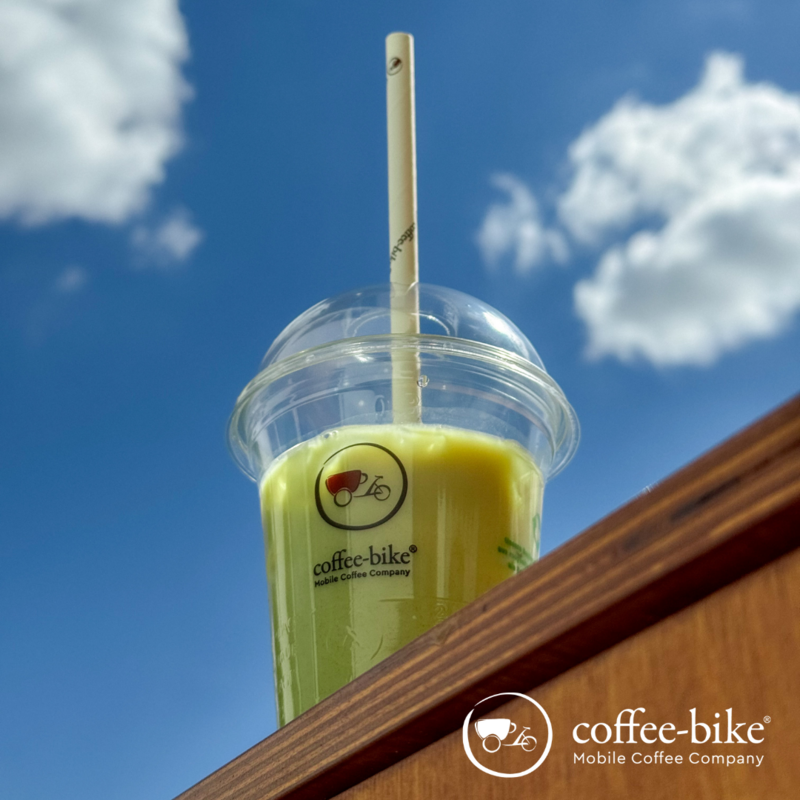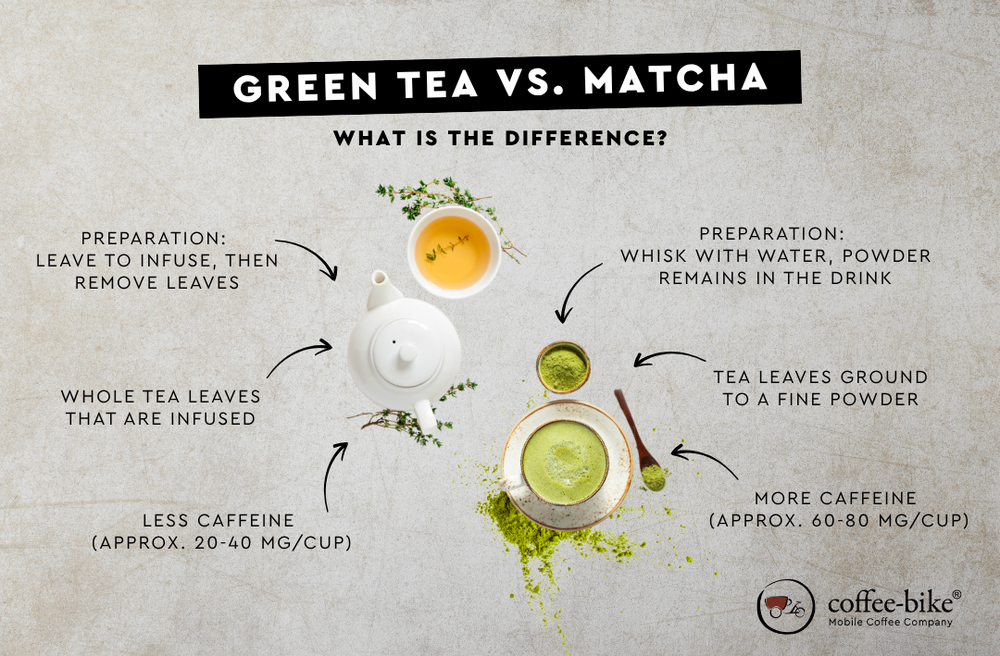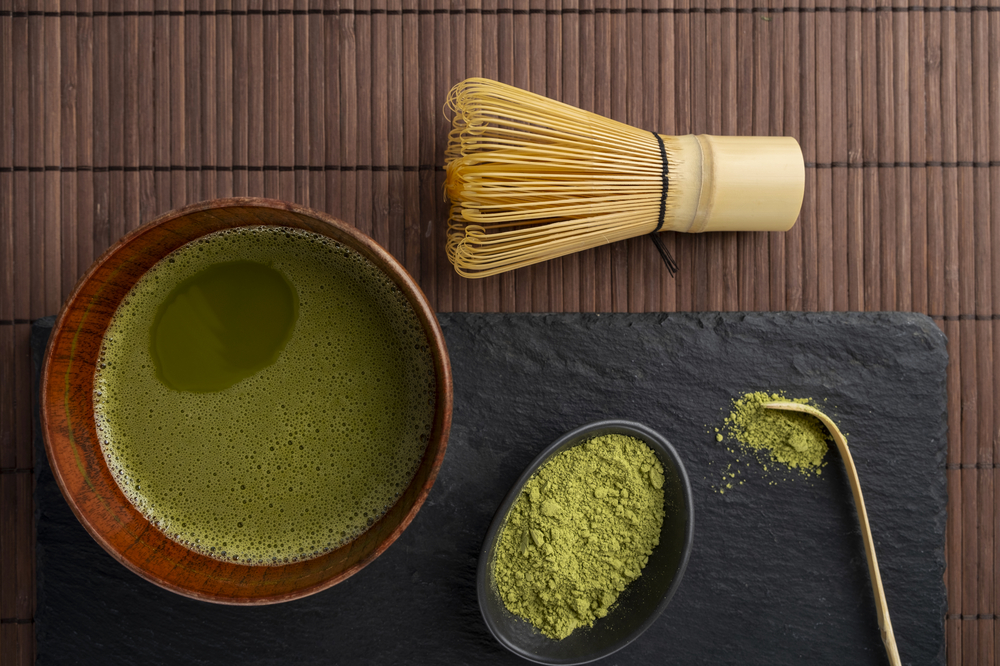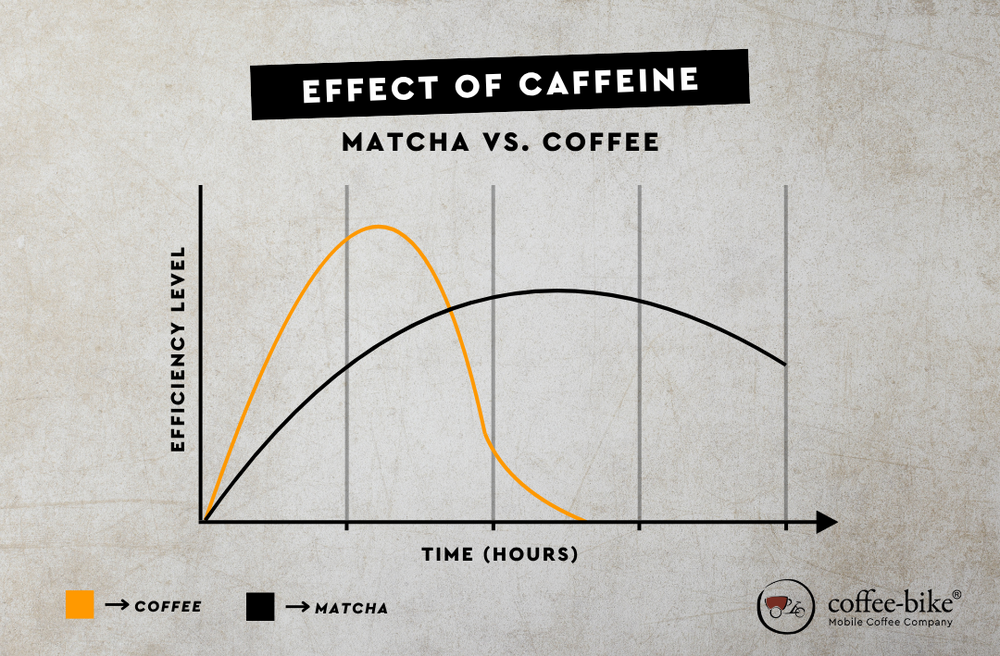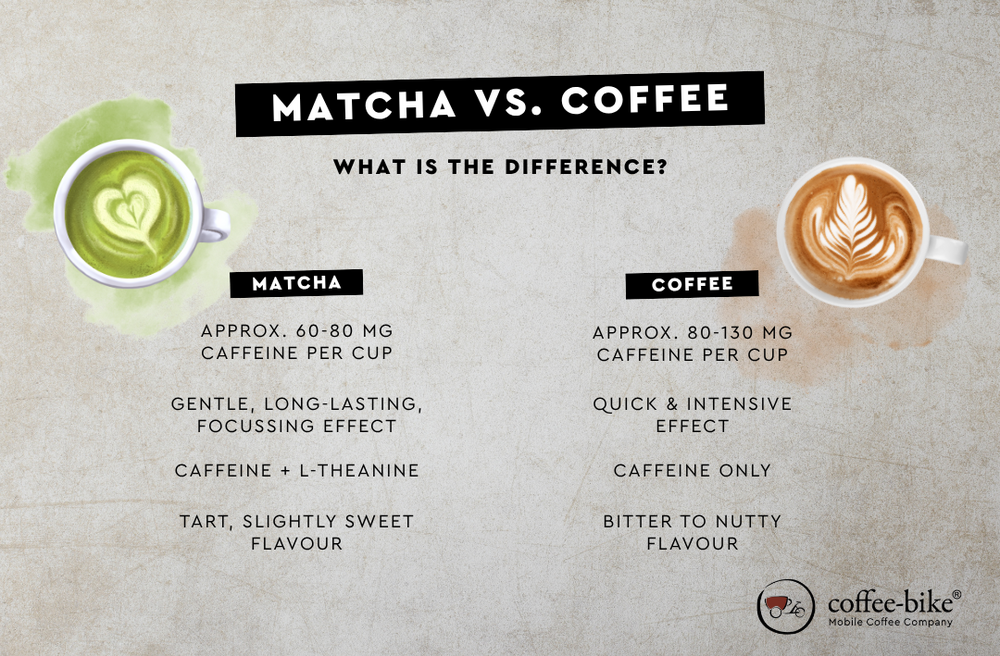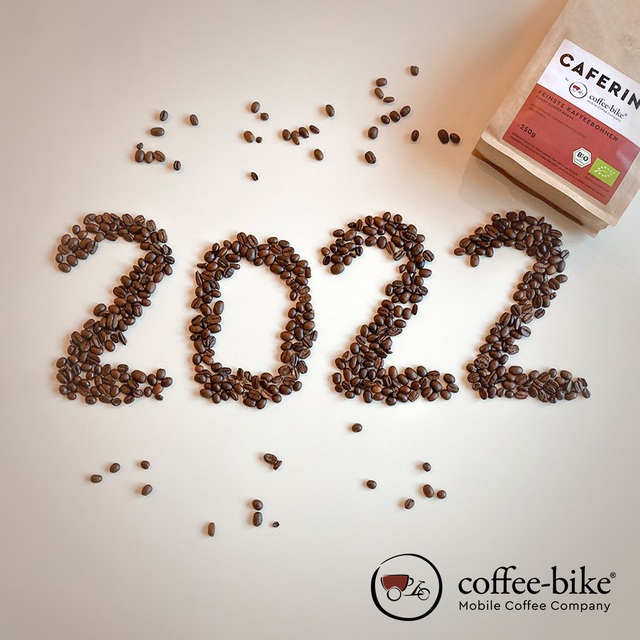Matcha and its effect on the gut - what studies say
Is matcha latte healthy? Studies show that matcha can have a positive effect on the intestinal flora. The catechins it contains promote the growth of beneficial bacteria and inhibit harmful microorganisms. Matcha also has a mild detoxifying and anti-inflammatory effect. However, every body reacts differently. If you are unsure, you should speak to your doctor.
How often can you drink matcha latte?
1-2 servings a day are okay to benefit from the positive effects without overstimulating your caffeine levels. The active ingredients are effective even in small quantities. As with any caffeinated drink, too much matcha can cause restlessness or sleep problems. Care should also be taken if you have a sensitive stomach. However, enjoyed in moderation, matcha latte is a daily treat with added value.
Pregnancy and breastfeeding - is matcha allowed?
Caution is advised when consuming caffeine during pregnancy and while breastfeeding - this also applies to matcha latte, as it contains caffeine. Health experts recommend limiting your daily caffeine intake to a maximum of 200 milligrams during this time. A cup of matcha, prepared with about a teaspoon of powder, contains an average of around 70 milligrams of caffeine, which is slightly less than a cup of coffee, which can contain 80 to 130 milligrams, depending on the variety. If you enjoy an occasional cup of matcha and keep an eye on your other caffeine consumption, you will usually stay within the recommended range.
Calories, ingredients & nutritional values of matcha latte
Matcha latte is low in calories to moderately high in energy, depending on how it is prepared. The milk and any sweeteners are crucial. The drink provides valuable antioxidants, vitamins (such as A, C, E), minerals (e.g. iron, calcium) and L-theanine. Matcha also has an anti-inflammatory and metabolism-stimulating effect. If you avoid sugar and use low-fat milk, you get a healthy, energising drink.
The world of matcha - what's in this trendy green drink?
Matcha contains chlorophyll, catechins, amino acids, fibre and many micronutrients. The high concentration of EGCG (epigallocatechin gallate) makes it a powerful antioxidant. It also contains iron, calcium and potassium, ideal for a plant-based diet. The amino acid profile supports mental clarity and concentration. Matcha is therefore not only delicious, but also a real superfood. And in a completely natural way.
Matcha latte calories with milk, without milk or as an iced version
A matcha latte with cow's milk has approx. 100-150 kcal - depending on the fat content of the milk. Plant-based milks such as oat or almond vary slightly, but are often lower. If you avoid sugar or syrup, you save even more calories. The iced version is often even lighter and ideal for a calorie-conscious diet. Matcha without milk, i.e. prepared with water, is virtually calorie-free. Ideal for anyone who wants to enjoy a healthy drink.
Which matcha powder is suitable for the right preparation?
Not every matcha powder is suitable for lattes. High-quality varieties with a bright green colour and mild taste are ideal. The price is often an indicator of quality - cheap matcha latte powder often tastes bitter and has a dull flavour. Ceremonial grade or special latte blends are particularly suitable for lattes.
Matcha quality & what you should look out for when buying
Look for origin (ideally Japan), organic certification and a rich green colour. The flavour should be mild and slightly sweet - not fishy or bitter. If possible, buy products in airtight packaging and store them in a cool, dark place. Matcha quickly loses its flavour and active ingredients if stored incorrectly. High-quality matcha may be a little more expensive, but it is much more flavoursome and effective.
Is quality also important to you when it comes to coffee? Only the finest coffee beans made from certified organic espresso and coffee beans can be found on the Coffee Bike.
Ceremonial grade vs. culinary grade - which is better for lattes?
Ceremonial, premium or culinary - these terms characterise the different quality grades of matcha.
Ceremonial grade stands for the highest quality and is traditionally used in the Japanese tea ceremony.
Directly below this is the premium grade, which is also suitable for pure enjoyment but has a somewhat stronger flavour.
Culinary grade is the basic quality and is mainly used for cooking, baking or smoothies.
Each grade has its own purpose, depending on how you want to enjoy your matcha. For matcha lattes, many recommend Ceremonial Grade as it works more harmoniously with milk.
Conclusion - Matcha latte: enjoyment, energy and health in one cup
Matcha latte uniquely combines enjoyment, energy and health benefits. Whether hot or cold, with or without milk - the drink can be customised and enriches every day. The combination of caffeine and L-theanine ensures focussed alertness without stress. At the same time, matcha provides valuable antioxidants and nutrients. If you pay attention to quality and enjoy it consciously, every sip is more than just a drink, but a little ritual for body and soul. And if you would like to have this special moment of pleasure at your event: simply hire our espresso mobile and have Matcha and coffee served professionally and stylishly at your event by Coffee-Bike.
